[Crossposted from CharlesMcCain.com]
The Third Reich had a lot of decorations and medals. Some days back I did a post on cuff titles and wanted to follow it with a post on campaign shields. Shields took up lots of space on uniforms which is one of the reasons the German army introduced cuff titles for battles.
If one participated in what the Führer and the High Command decided was a decisive battle, then one was awarded a small campaign shield to wear on one’s uniform.
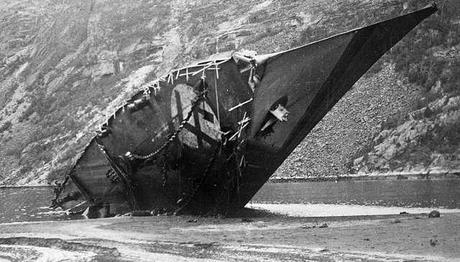
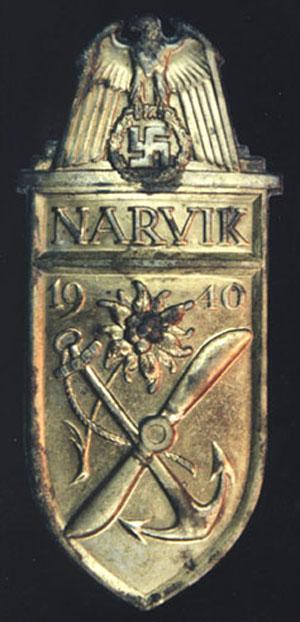
There are five battles for which shields were approved, manufactured, and issued under the auspices of OKW – Armed Forces High Command. Those battles are Narvik, the key battle in the German victory over Norway, Cholm, an important siege on the Eastern Front, Krim (Crimea), Demjansk, another long siege on the Eastern Front, and Kuban, another long defensive battle in the Soviet Union.
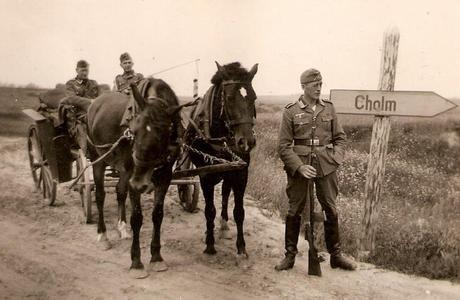
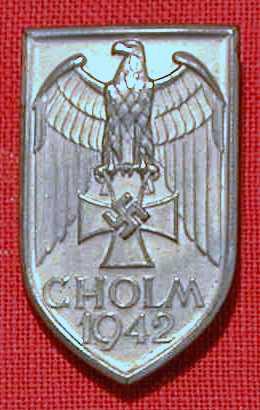
There are two campaign shields which were approved but never manufactured and thus not issued: Warschau, for the German troops who fought the Polish Home army in Warsaw in 1944 and Lappland. This last was only given official approval on 1 May 1945, the day after Hitler did the world a favor and killed himself.
Other shields were instituted by local commanders but never received formal recognition.

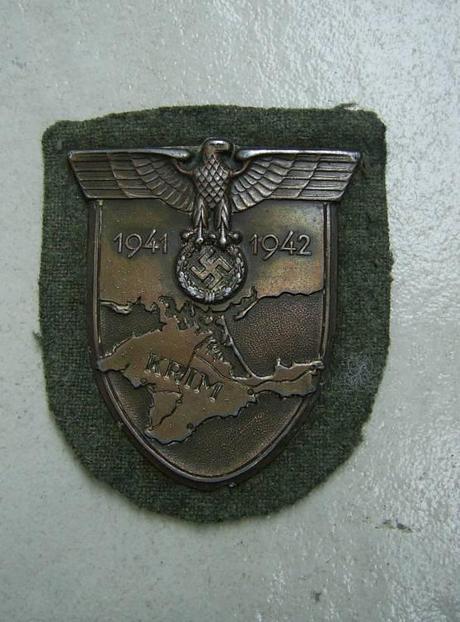
One wore the shield on the upper left sleeve of one’s service tunic. If a soldier had the correct documentation, he could go to a private supplier and buy additional shields to wear on his dress uniform and/or overcoat. Having survived one shield battle, one certainly didn’t want to be in another. But if you were so unfortunate as to be in more than one shield battle and you survived each one, then you wore the second shield just below the first. And should you have been unlucky enough to have both been engaged in and survived three shield battles, then you wore one shield on the upper left sleeve as already noted but you wore your two other shields side by side below the first one.
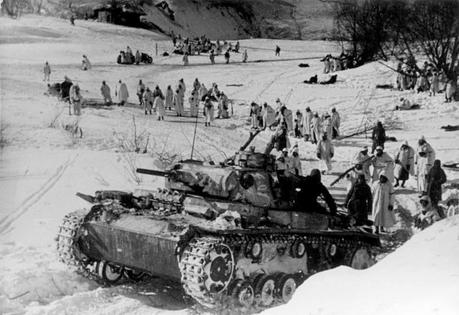
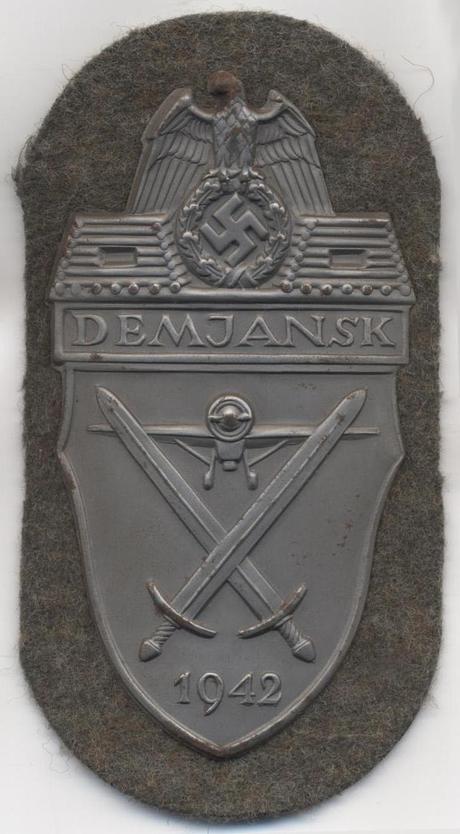
One of the reasons there are so many fake German decorations from WW II in the marketplace is that the companies who made the original decorations still have the original dies, Wehrmacht specifications, etc. When the market for German decorations became so big, the original companies simply started to make the decorations they had made during the war using the same material. They are hard to distinguish from the ‘real’ decoration – that is one issued during the war to a soldier. Yet, being made by the same company with the original dies and materials, these decorations are sort of ‘real’ as well. Since all decorations made to fighting men in the Third Reich were accompanied by a scroll and other paperwork, that is one of the few ways to gauge the authenticity of the decoration although the papers can be forged as well. That’s why buying a medal or other decoration from the Third Reich from a family or someone who can provide a documented chain of continuous possession, is a most desirable step.
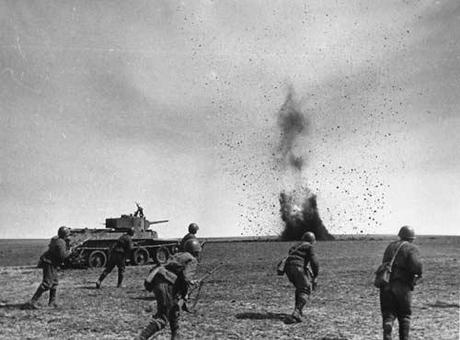
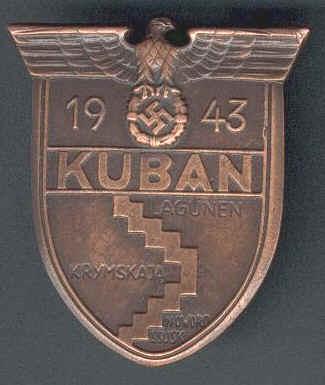
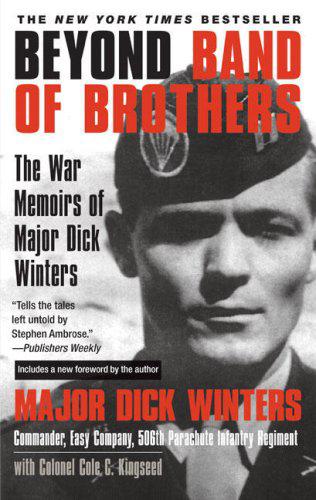
In his memoirs Beyond Band of Brothers: The War Memoirs of Major Dick Winters, Major Richard Winter of Band of Brothers fame, says one of the reasons he survived was he never wore anything or carried anything which identified him as an officer when on the front line. He never carried a pistol for instance since that was a mark of status among officers. Nor did he carry the light officer’s carbine which was smaller than the M-1 and didn’t pack the same punch. He always carried a standard issue M-1. His memoirs are quite worth reading, I give them three stars. If you watched the series once or ten times like I have and then you read Major Winter’s memoirs, he isn’t as nearly as warm and fuzzy as portrayed in the series.
[Images courtesy of Wikipedia, FeldGrau.com, and The History Bunker Ltd.]
[UPDATE - I originally switched "Iron Cross" and "Knight's Cross" in the post and they are not interchangeable terms since they are two different awards. The Iron Cross First Class was worn on the upper left pocket of one’s tunic. The Iron Cross Second Class is actually a ribbon although you received an Iron Cross. However, you did not wear it. You only wore the ribbon in a buttonhole on your tunic.]
